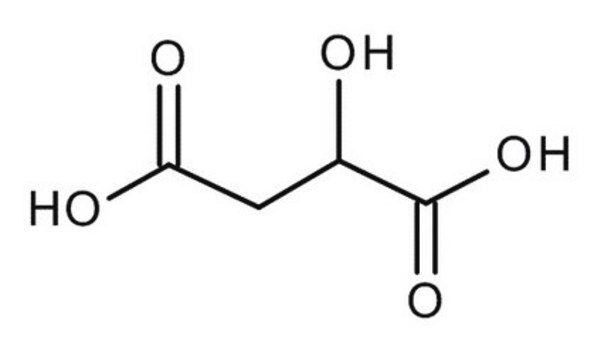855475P
Avanti
12:0 Lyso PC
1-lauroyl-2-hydroxy-sn-glycero-3-phosphocholine, powder
Synonym(e):
1-dodecanoyl-sn-glycero-3-phosphocholine; PC(12:0/0:0)
About This Item
Empfohlene Produkte
Assay
>99% (LPC; may contain up to 10% of the 2-LPC isomer, TLC)
Form
powder
Verpackung
pkg of 1 × 200 mg (855475P-200mg)
pkg of 1 × 25 mg (855475P-25mg)
pkg of 1 × 500 mg (855475P-500mg)
Hersteller/Markenname
Avanti Polar Lipids 855475P
Versandbedingung
dry ice
Lagertemp.
−20°C
SMILES String
O[C@](COP([O-])(OCC[N+](C)(C)C)=O)([H])COC(CCCCCCCCCCC)=O
InChI
1S/C20H42NO7P/c1-5-6-7-8-9-10-11-12-13-14-20(23)26-17-19(22)18-28-29(24,25)27-16-15-21(2,3)4/h19,22H,5-18H2,1-4H3/t19-/m1/s1
InChIKey
BWKILASWCLJPBO-LJQANCHMSA-N
Allgemeine Beschreibung
Anwendung
Biochem./physiol. Wirkung
Verpackung
Rechtliche Hinweise
Lagerklassenschlüssel
11 - Combustible Solids
WGK
WGK 3
Flammpunkt (°F)
Not applicable
Flammpunkt (°C)
Not applicable
Analysenzertifikate (COA)
Suchen Sie nach Analysenzertifikate (COA), indem Sie die Lot-/Chargennummer des Produkts eingeben. Lot- und Chargennummern sind auf dem Produktetikett hinter den Wörtern ‘Lot’ oder ‘Batch’ (Lot oder Charge) zu finden.
Besitzen Sie dieses Produkt bereits?
In der Dokumentenbibliothek finden Sie die Dokumentation zu den Produkten, die Sie kürzlich erworben haben.
Artikel
The critical micelle concentration (CMC) can be approximately defined as the lipid monomer concentration at which appreciable amounts (>5% of total) of micellar aggregates first begin to appear in the equilibrium: nM1<=>Mn
Unser Team von Wissenschaftlern verfügt über Erfahrung in allen Forschungsbereichen einschließlich Life Science, Materialwissenschaften, chemischer Synthese, Chromatographie, Analytik und vielen mehr..
Setzen Sie sich mit dem technischen Dienst in Verbindung.








